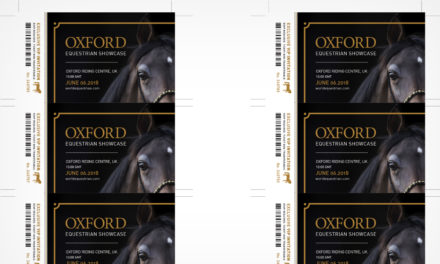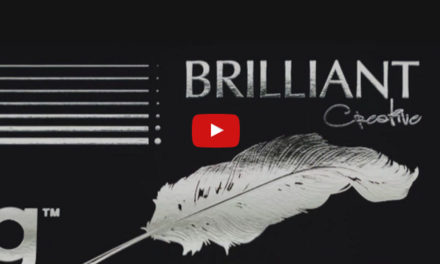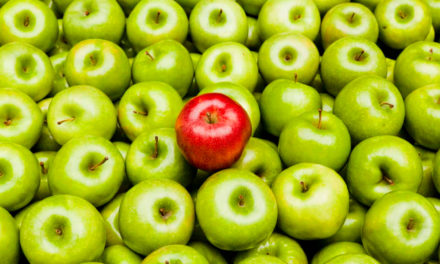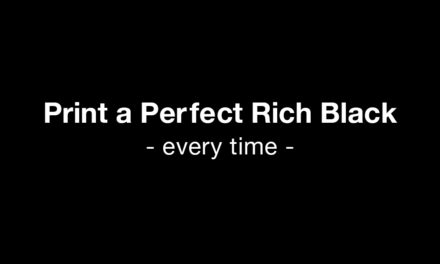It’s boxed or it’s bagged. It’s plain or it’s wrapped. It’s taped or it’s glued. What does your package look like? Any place you shop, whether it be a grocery store, a department store, or even an online retailer, nearly every product comes in a package, noticeable or not.
The moment you step over that threshold into the world of consumer purchasing, there are millions of products waiting to captivate your desire and then your grasp. For example, in a grocery store alone, during a typical thirty-minute shopping spree, there are over 20,000 competing products awaiting your purchase. So, how in a world of unending options do consumers make a choice? Well, each product is differentiated, as seen by the naked eye, by one simple but important thing – its packaging.
Product packaging is the most tangible representation of a product and its brand for consumers, and is a business’s primary selling tool. However, with so many competing products and alternatives, brands only have around 7 seconds to make a good impression on potential buyers — rendering those first subsequent judgments, based on the package’s key information, critical. A consumer’s product decision-making is based at least one-third on packaging, along with personal preference. Therefore, the need for packaging to be attractive, functional, and economical is critical to achieving the best consumer sales.
“A consumer’s product decision-making is based at least one-third on packaging, along with personal preference.”
Every aspect of a product’s package must be reviewed to ensure that yes, every consumer will recognize the product and grasp the advantage point over its competitors within seconds. According to Heer Vyas, “Packages perform a major role in enhancing brand equity by fortifying brand awareness, purchase decision, and building brand images via conveying functional, symbolic, and experiential benefits.” That is why it is key to understand the psychological effect of different packaging components on consumers.
Color, shape, logo, and typography all have considerable effect on consumer buying behavior. Yet a changing world has led to traditional packaging factors being affected by the modern world. With increasing population and expansion of resource use, the desire for ‘green’ and environmentally-friendly packages has come of age. And a modernizing atmosphere has led to the blend of packaging and electronics, causing social media and technology to have their own effect on consumer buying behavior through packaging. Social media, an outlet of self-expression, has further led to the demand of personalization. All of these influences together have changed product packaging from a standard square box into a revolutionary marketing tool. This is the power of packaging.





